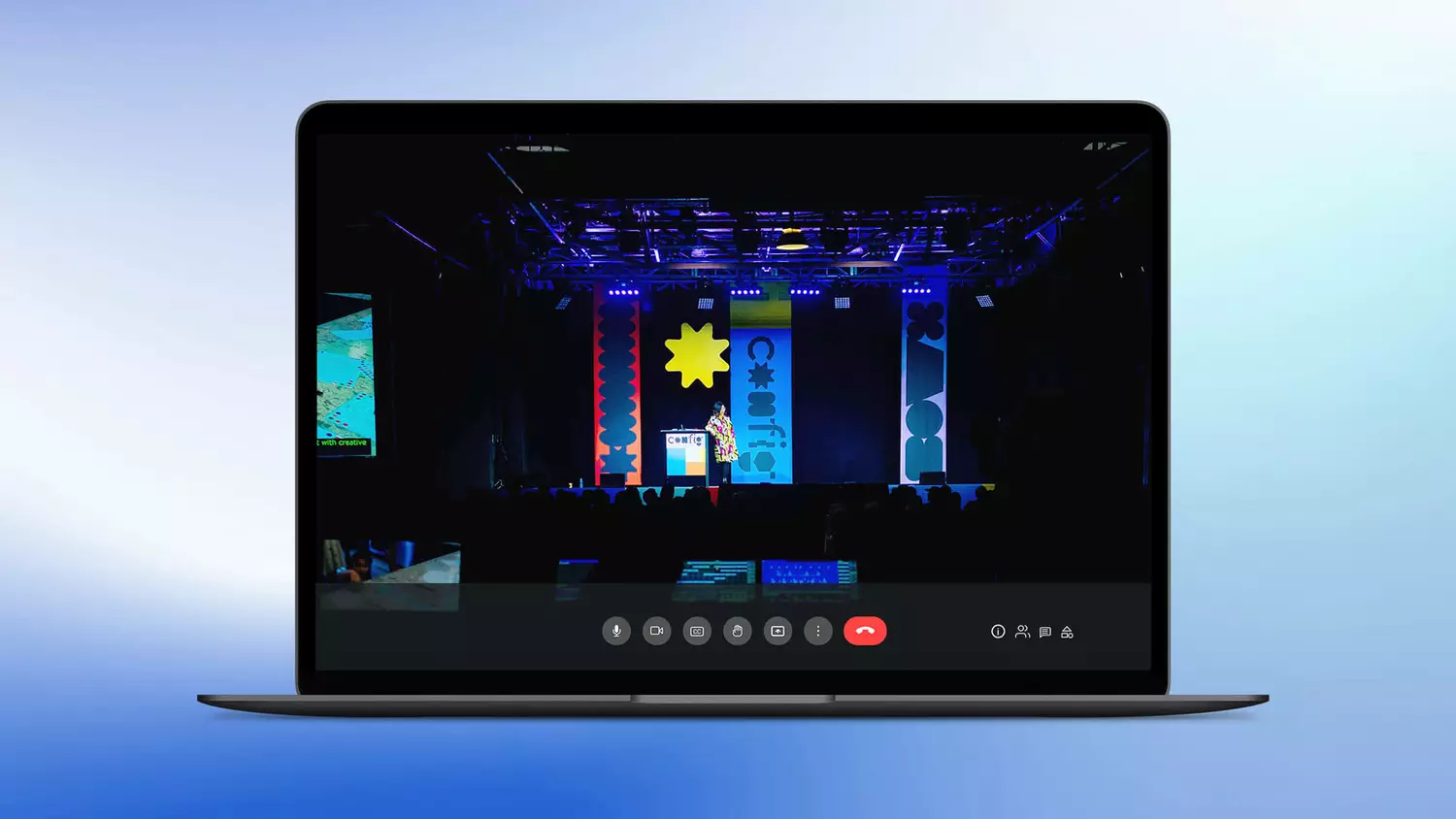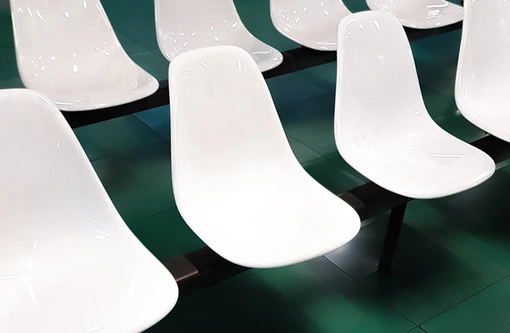Virtual trade fair, but how?
When roadshows and trade shows cannot take place due to Corona and large events are implemented purely digitally, companies almost feel obliged to open up virtual event spaces for themselves.
We don't think virtual trade shows and events are as bad as the title of our article might suggest - quite the opposite. Digital events open up exciting communication opportunities - both for B2C and B2B communication or sales, but also for the most diverse areas of a company's own cosmos, e.g. recruiting or internal processes.
But they are not the same as trade fairs or career fairs, where we can touch products and innovations directly in front of us or get to know customers and potential employees including gestures, facial expressions AND body language.
They cannot reproduce the personal conversation in the same way: After all, digitally we only see our counterpart in 2D and usually not even completely. In addition, a completely different technical environment also brings its own processes and peculiarities for communication and interaction - and that's what events are all about: direct and immediate contact.
Digital events
A roller coaster video simply does not replace the roller coaster ride.
Although it seems obvious to write about the digital replacement of trade shows, we believe that there can be no real substitute for physical events. We need to understand the specificity of digital events and avoid the mistake of thinking of them as just a digital copy of the physical experience. After all, virtual live communication has completely different requirements.
A digital event is not always the right format
Before you start planning your virtual trade show or digital event, we recommend: First think about the "why" and then the "how".
There's a simple reason for this: no event can be transferred 1:1 to digital - and it's not always worth thinking only in terms of event formats. First make sure that the event and its objectives can be transferred to a digital event at all. If not, look into alternative virtual communication channels that can help you achieve your business goals more efficiently and cost-effectively. Even if that means saying goodbye to an event format, at least for the time being.
3 factors for successful events online
Once a decision has been made to host a live event and you've defined how it will play into your goals, start thinking about what factors will play a role in the virtual event's success. We've summarized our experience for you:
- Digital events are TV shows
- Memorable shows thrive on excitement and versatility
- Interactions with the audience are worth their weight in gold
Digital events are TV shows
To put on a good show, we recommend looking at the right best practices - and the closest thing to what we're trying to achieve with digital events are examples of TV show productions.
For example, if you think about big digital events like the legendary Apple keynotes, you'll be struck by how closely they resemble these very same big TV show productions. Sure, they're physical events, too - but that's only for a few people in attendance. For the vast majority, it's a purely digital experience.
What makes a good show
Since digital events lack most of the real-life experience around all keynotes, the quality of presentations is especially key. Presentations and demos need to be written and produced with a much higher level of quality.
This means first and foremost:
1. chief editing is obligatory
The event requires a chief editor to take care of the overall story, content completion, wording and tone, etc.
All the content must be well coordinated and planned.
2. produce the content in extra high quality before
Presentations need to be state-of-the-art in wording, flow, layout and design. This requires innovative presentation work and we recommend allocating extra time and resources to really good design so that your audience is rewarded and entertained with good visual experiences on each new slide.
Well scripted and executed, for example, prepared video clips can also be great entertainment and break up the event.
3. the content must be versatile
Digitally, your guests will get tired especially quickly if they watch the same type of content for hours. Offer them versatile content and switch from live lectures to pre-recorded videos, animations, live broadcasts from other venues, conversations with experts or interviews. This is how you create a varied program.
4. there is no live feeling without first-class moderation
Period.
5. the audience can not turn the head
Since "turning your head" and looking around is not possible in a digital event, the director/stage direction team needs to take control and make that happen for your audience. Use features of your chosen tools to recreate this as much as possible and also provide visual variety.
Ideally, you'll have two to three cameras that your director can switch between. This is another thing you should take a cue from professional shows. A close-up camera, a wide shot, and maybe a mobile camera. This way, you'll win over viewer fatigue with variety and dynamism.
6. a good location works wonders
Even better, you have the option of working from a filming location with a directing team.
If the significance and budget of your communication event allow it, such as a product launch, build the same stage you planned for the big physical event and make your guests feel like they're sitting in the room with you!
Bring back memories of the relevance of physical events, where product and people become tangible - in 3D and with all the dimensions of reality, the thrill and an excited location full of curious people. Digitally, we are otherwise left with green screens, virtual backdrops and the like, which are still far from involving us in the action in the way we are used to at trade shows, networking events and conferences - and weaken events in their external impact.
7. think hybrid!
You may have already realized it: Our final tip for a successful digital show is only partially digital. And it's not new at all. Combine a physical event with a live broadcast: A small, invited audience on site conveys exclusivity as well as event feeling and also offers a great occasion to strengthen the relationship with the invited VIP guests and get the most out of the content of their program.
Online a big advantage: real-time interaction with the audience
When planning your event, think about available opportunities for interaction right away: Your guests will appreciate being directly involved and finding a place to ask their questions and participate in discussions.
- Have the chief editors look for good ways to incorporate small polls into the conversation.
- Consider moderating the chat as a standalone position to
- … share info & links with viewers,
- … answer technical questions,
- … collect and curate live questions to be answered in Q & As after the conversations.
- Use features like separate chat rooms to connect people and enable networking.
- Ask for feedback to enable participation in shaping your events - especially digitally, they have myriad opportunities to gather a real-time sentiment and respond immediately.
Conclusion
Before you plan virtual events, ask "why" first
As a digital agency, we've been asked a lot lately for our opinion on how virtual trade shows can be implemented.
Our answer is first the question of purpose, in short: "Why actually? What is to be achieved?"
What's actually behind it: If we know what role the event plays in the distribution channel, we can find an answer as to which digital format is suitable for virtually recreating the special features of the event and achieving the corresponding goals.
Those who get involved in questioning how the addressed target group can and wants to communicate online successfully gain new ways to support their own company digitally in the long term.
However, this can also mean not thinking in terms of events at all, but rather opening up alternative digital channels or platforms that offer a better cost-benefit ratio for achieving your goals.
Source: Apple YouTube, One more thing, last accessed on 02.03.2022



